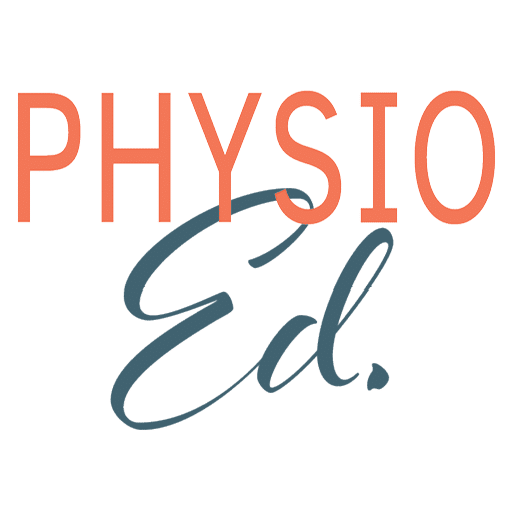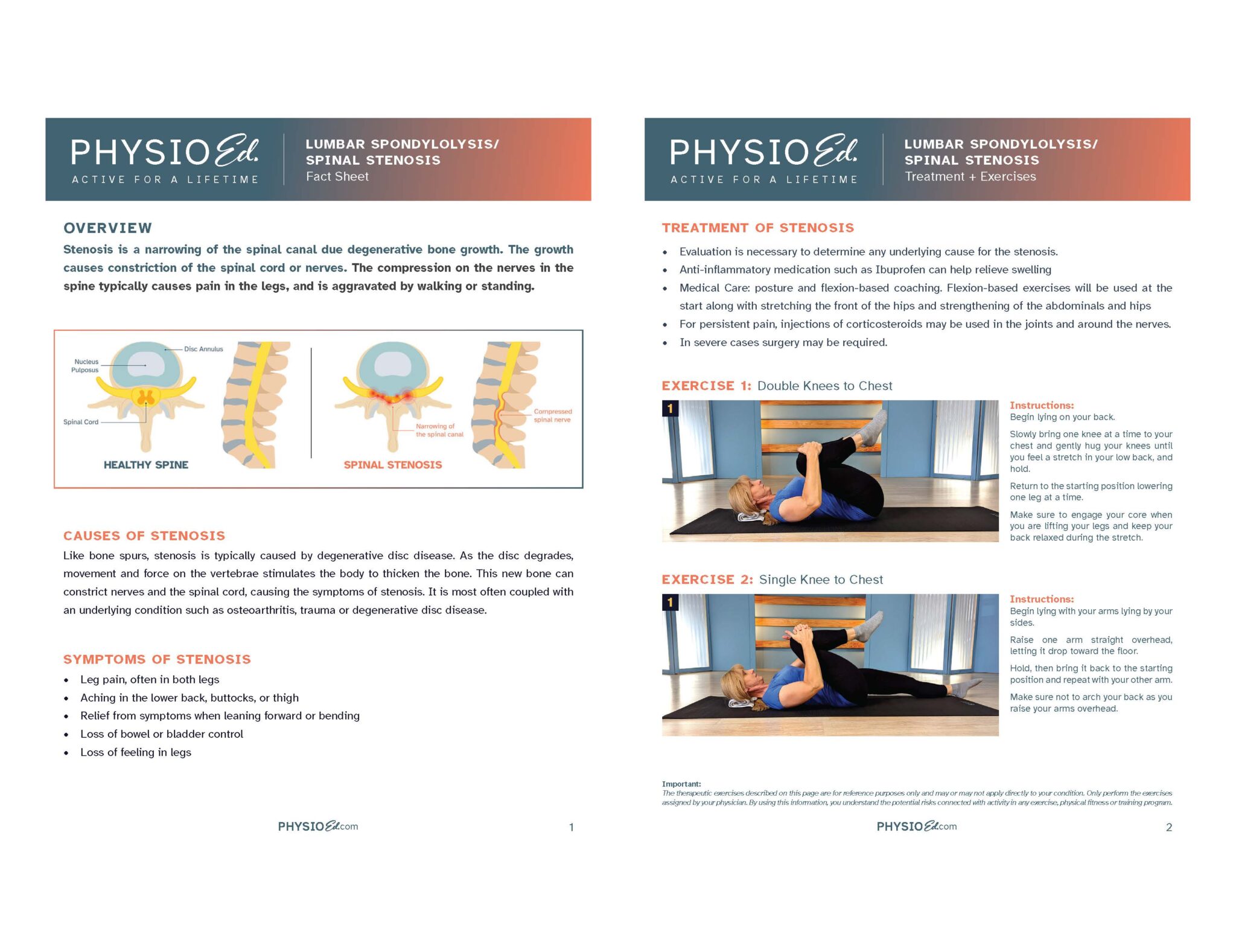Navigating the complexities of spinal stenosis can be daunting, especially for older adults who are most commonly affected by this condition. That’s why we’ve created a comprehensive, easy-to-understand printable fact sheet dedicated to providing you with essential information about spinal stenosis. This resource is designed to help you understand the causes, symptoms, and potential treatment options, as well as preventative measures you can take to manage and mitigate the effects of this condition on your daily life.
This fact sheet is more than just an informational guide; it also includes a set of exercises recommended by professional physical therapists. These exercises are not only detailed but also come with step-by-step instructions, making them easy to follow. They are specifically designed to help alleviate the symptoms of spinal stenosis, improve mobility, and enhance overall wellness. Whether you are newly diagnosed or have been managing spinal stenosis for years, this fact sheet serves as a useful tool to help you take control of your health.









